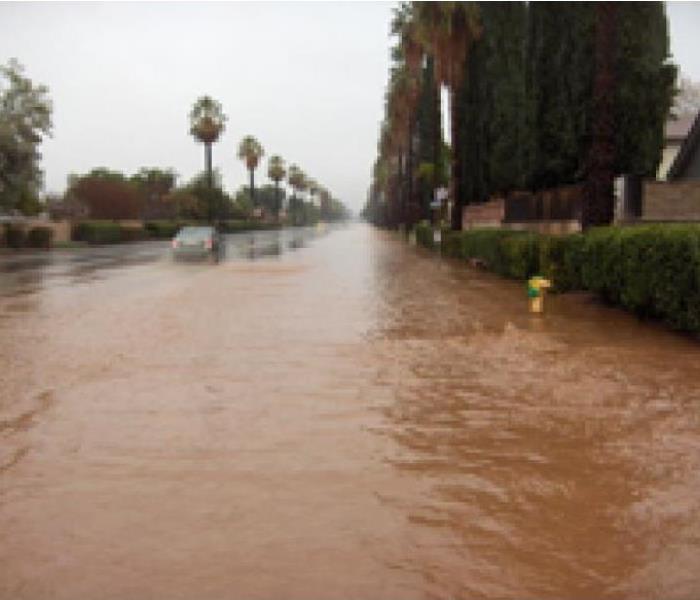Flood Insurance, what you should know living in Riverside County
1/20/2021 (Permalink)
Many do not realize that flood damage is not typically covered by homeowners’ insurance policies, so it’s important to have an understanding.
We hope this information serves as a helpful resource.
It may be necessary to purchase flood insurance policy to protect your investment from floods. Just because you haven’t experienced a flood in the past, doesn’t mean you won’t in the future.
Here is some information from Riverside County Flood Control and Water Conservation District
National Flood Insurance Program
The National Flood Insurance Program, or NFIP for short, offers flood insurance, which can be purchased through the insurance agent who handles your homeowners’ insurance policy. Rates are set and do not differ from company to company or agent to agent. These rates depend on many factors, which include the date and type of construction of your home, along with your building’s level of risk.
What's included with building coverage:
- The insured building and its foundation
- The electrical and plumbing systems
- Central air conditioning equipment, furnaces and water heaters
- Refrigerators, cooking stoves and built-in appliances such as dishwaters
- Permanently installed carpeting over unfinished flooring
- Maximum coverage is $250,000
What's included with content coverage:
- Clothing, furniture and electronic equipment
- Curtains
- Portable and window air conditioners
- Portable microwaves and dishwashers
- Carpeting that is not already included in property coverage
- Clothing washers and dryers
- Maximum coverage is $100,000
What's not Covered:
- Damage caused by moisture, mildew or mold that could have been avoided by the property owner
- Currency, precious metals and valuable papers such as stock certificates
- Property and belongings outside of an insured building such as trees, plants, wells, septic systems, walks, decks, patios, fences, seawalls, hot tubs and swimming pools
- Living expenses such as temporary housing
- Financial losses caused by business interruption or loss of use of insured property
- Most self-propelled vehicles such as cars, including their parts
NFIP flood insurance policies are available to homeowners, renters, condo owners/renters, and commercial owners/renters.
How Do I Find Out if I’m in a Flood Zone?
The Federal Emergency Management Agency maintains official flood zone maps, which designate areas with the greatest risk of flooding. To find the designation for your home in Riverside County, go to FEMA’s Map Service Center and enter your address. Note: If you have a hard time loading the FEMA map, a more user-friendly version is available here.
FEMA’s flood maps display more than a dozen category codes, but they all fall into one of three main zones:
- High-Risk Zone
This is any area with a FEMA map code beginning with the letters A or V. It’s also referred to as the “100-year floodplain.” Each year, this zone has a 1% chance of experiencing a catastrophic flood. If you’re in a high-risk flood zone, flood insurance is usually required. Unfortunately, flood insurance is most costly for homes in high-risk zones.
- Moderate-to-Low-Risk Zone
This is an area with a FEMA map code beginning with B, C, or X. It is also referred to as the “500-year floodplain.” This zone has a 0.2% chance, each year, of a destructive flood event. Flood insurance is not mandatory in this zone, but it is still strongly encouraged. Flood insurance is considerably less expensive for this zone than for high-risk zones, especially when compared to the costs of storm damage cleanup after a devastating flood.
- Undetermined-Risk Zone
These areas may have a FEMA map code beginning with the letter D, or they may have no FEMA flood code. This doesn’t mean your home won’t flood. Heavy rainfall frequently causes flash flooding in all parts of the country.
There are many reasons you might want to know your property’s official flood zone designation: You may be considering selling your house, or maybe you’ve been thinking of buying flood insurance. In any case, understanding your risk level is key to protecting your home from flood damage.
Check out this link to look up your home or business
https://www.lsc.gov/flood-zone-lookup
For more information, contact your insurance agent
Visit FloodSmart or the National Flood Insurance Program (NFIP)






 24/7 Emergency Service
24/7 Emergency Service
